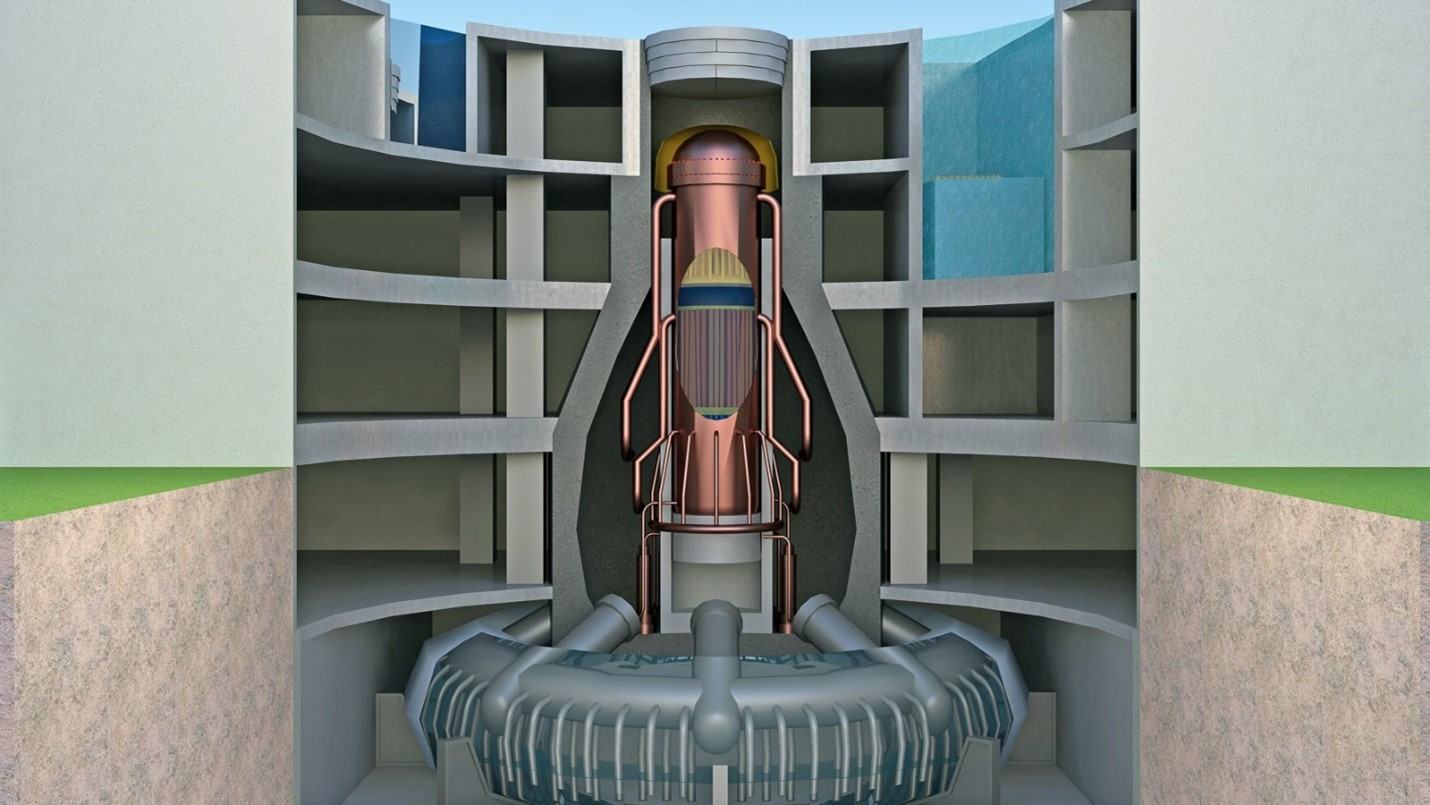The need for a metallic nuclear fuels qualification plan

Positioning nuclear power to combat climate change requires the rollout of advanced reactors to replace carbon-emitting power generation. That necessity, and its urgency, is reflected in recent budget proposals for the Department of Energy’s Office of Nuclear Energy. Part of that proposed funding focuses on deploying new fuel technologies.
Metallic fuels, which are alloys of fissionable material, offer several advantages, including more fuel-efficient reactors with a double or greater fuel burnup than the oxide fuels found in light water reactors. Fuel fabrication is also more cost-effective with metallic fuels than with oxide fuels. Furthermore, much of the research and development effort needed to qualify these metallic fuels has been done.



